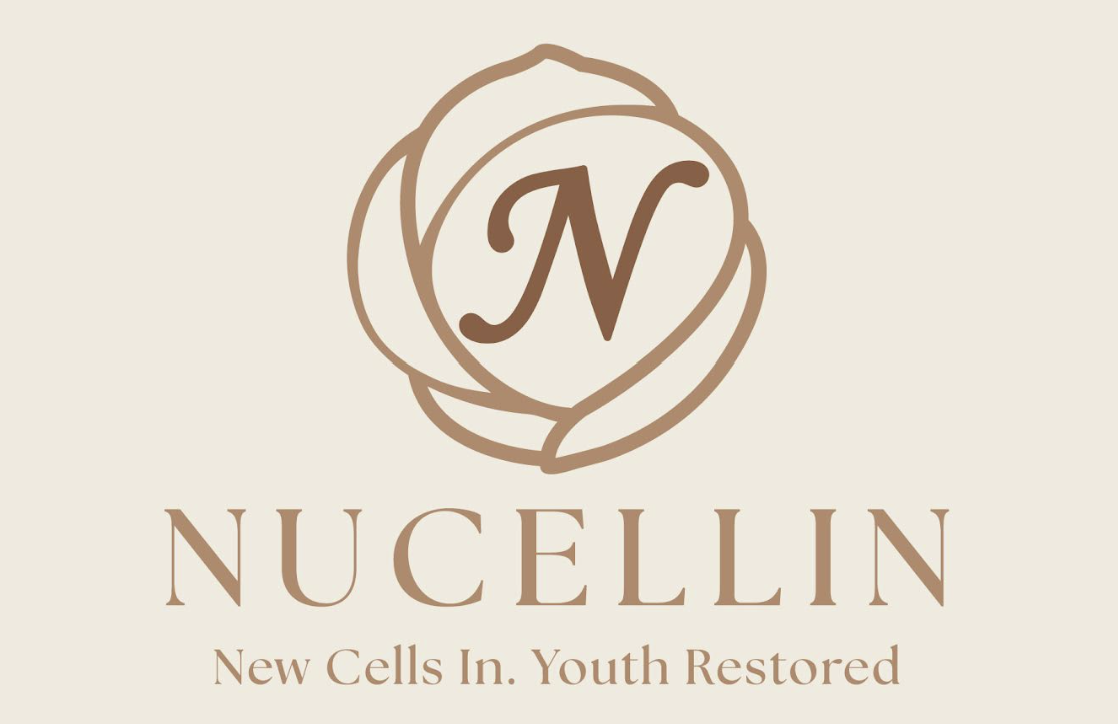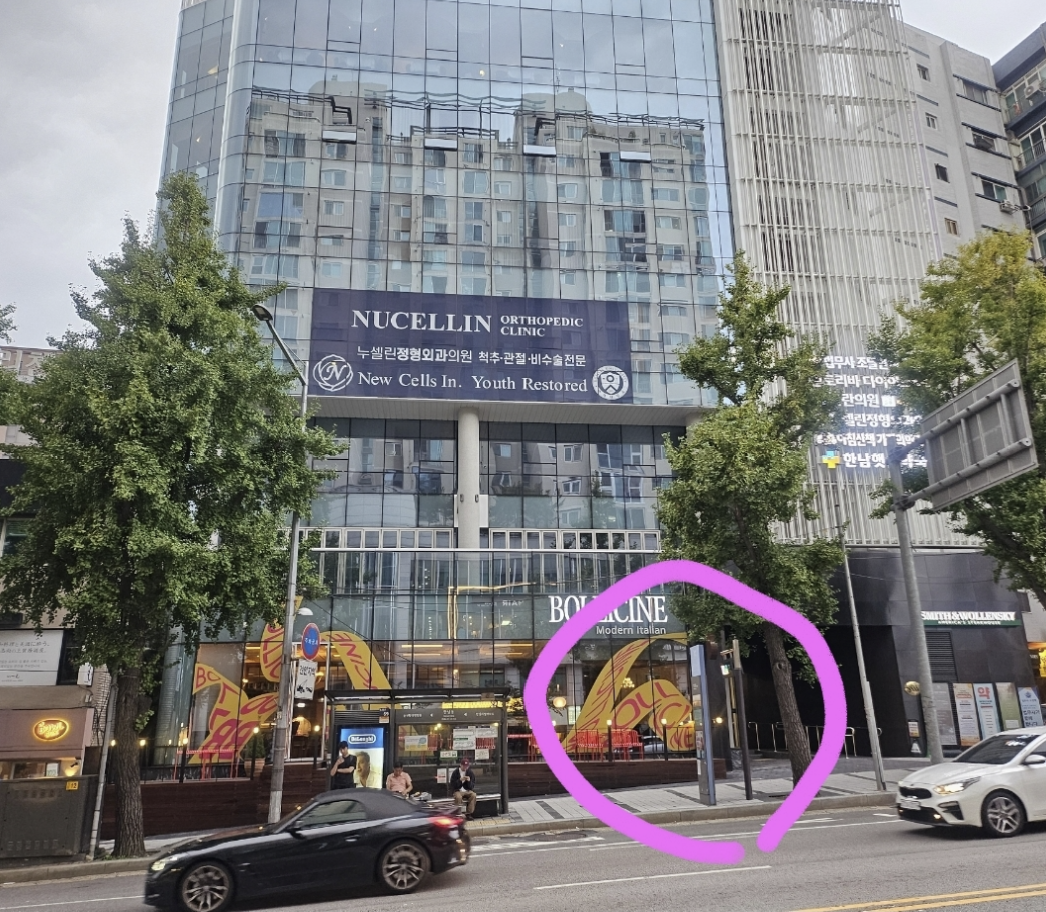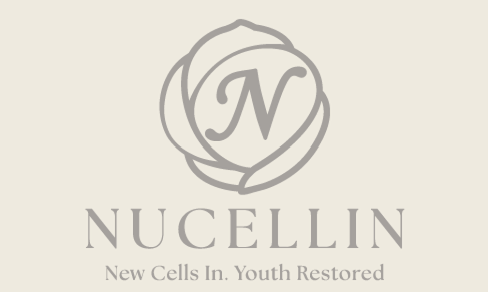Hyperbaric Oxygen Thearpy
in Seoul, Korea
English-speaking Hyperbaric Oxytherapy Thearpy care made easy at one trusted clinic in Seoul. Discover Nucellin’s doctor-supervised spine treatments, transparent pricing, and real patient results—all in one place.
Welcome for International Patients
Sore, slow-to-heal injuries, post-surgery swelling, radiation tissue damage, or stubborn wounds can derail travel and work plans. At our Seoul HBOT center, doctor-supervised, English-friendly care helps international patients recover safely and comfortably—often as part of a non-surgical plan.
What Is Hyperbaric Oxygen Therapy (HBOT)?
HBOT involves breathing 100% oxygen in a pressurized chamber. The increased pressure dissolves more oxygen into your plasma, delivering higher O₂ levels to tissues that need it most. This supports angiogenesis (new blood vessel growth), reduces inflammation and edema, and enhances the body’s natural healing processes.
How HBOT Works (Plain English)
- More Oxygen, Faster: Pressure drives oxygen deep into injured or low-circulation tissue.
- Anti-Inflammatory Effect: Reduces swelling and oxidative stress markers.
- Supports Repair: Encourages collagen synthesis and capillary growth for better healing.
- Synergy: Often used alongside physio, wound care, or post-operative protocols.
Conditions We Commonly Support
- Delayed wound healing (including diabetic foot ulcers, skin graft/flap support)
- Post-operative recovery (edema, bruising, wound optimization)
- Radiation tissue injury (e.g., soft-tissue radionecrosis)
- Certain infections (adjunctive care where oxygen tension matters)
- Sports and overuse injuries (tendon/ligament strains; adjunct to rehab)
- Crush injuries and acute ischemic injuries (case-by-case)
- Post-concussion or selected neurologic indications (specialist-guided programs)
Final diagnosis and HBOT suitability follow physician exam and review of records (imaging/labs if relevant).
What a Typical Session Looks Like
- Length: About 60–90 minutes per session in a mono- or multi-place chamber.
- Course: 5–20+ sessions depending on indication and response.
- Monitoring: Vitals and comfort checks throughout; equalization coaching for ear pressure.
- Aftercare: Hydration, light activity guidelines, and integration with your main treatment plan.
Safety, Screening & Who Should Avoid HBOT
- Pre-Screen: Medical history, medication review, ENT assessment for ear/sinus issues as needed.
- Common Sensations: Ear pressure during descent/ascent; transient fatigue post-session.
- Contraindications (Selected): Untreated pneumothorax; certain chemotherapy agents; recent ear surgery; poorly controlled seizures; severe COPD with CO₂ retention (case-specific).
- Travel Note: You can usually fly during a course, but we’ll tailor scheduling around your itinerary.
Our Non-Surgical, Integrated Care Approach
- Precise Assessment: Doctor consult to confirm indication and set goals.
- Conservative First: HBOT is paired with evidence-based wound care, physical therapy, or post-op protocols.
- Targeted Adjuncts: When appropriate, we coordinate medications, off-loading, or image-guided procedures prescribed by your primary specialist.
- Relapse Prevention: Home program, nutrition basics, and follow-up to sustain results.
Why Choose Our Seoul HBOT Care
- Doctor-Supervised: From consultation to completion, with clear, written aftercare.
- English-Friendly: Care team, consent forms, and instructions in English (other languages on request).
- Travel-Smart Scheduling: Clustered sessions for visitors; coordination with nearby clinics/hospitals.
- Transparent Pricing: Upfront estimates, itemized receipts for potential out-of-network reimbursement.
- Easy Access: Centrally located in Seoul with subway and airport-bus connectivity.
What to Expect (Step-by-Step)
- Consult & Screening — Bring prior records (op notes, imaging, wound photos if available).
- Personalized Plan — Session count, frequency, milestones, and success metrics.
- Treatment Phase — Structured HBOT schedule ± coordinated therapies.
- Return to Activity — Graduated plan for work, exercise, and travel.
- Follow-Up — In-clinic or remote check-ins; prevention and maintenance strategy.
FAQs (Quick)
- Does HBOT replace surgery? No. It’s an adjunct; some patients avoid or delay surgery as healing improves, but decisions are made case-by-case.
- When will I notice changes? Some feel benefits within a few sessions; tissue-level healing typically accumulates over a full course.
- Is it claustrophobic? Chambers are well-lit; our staff coach relaxation and equalization. Options available for comfort.
- Can I combine HBOT with physio or wound care? Yes—coordination often improves outcomes.
- Is HBOT covered? Coverage varies by country/insurer and indication. We provide itemized invoices for your claim.
Pricing & Booking
We provide clear estimates before you start and list all services separately (consultation, session packs, adjunct supplies).
Ready to accelerate healing? Book an HBOT evaluation in Seoul and leave with a precise, English-friendly plan tailored to your goals and travel schedule.


